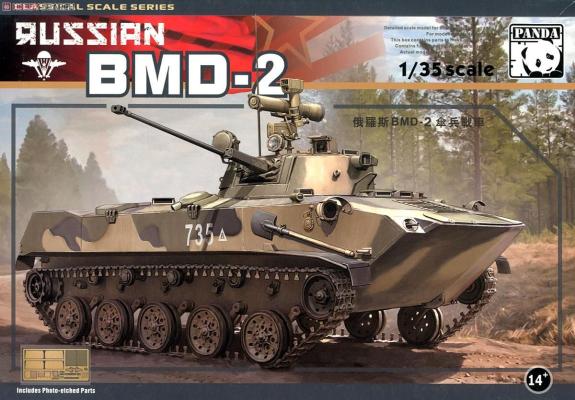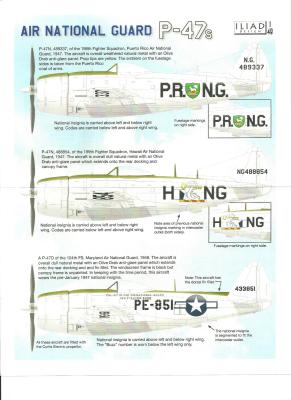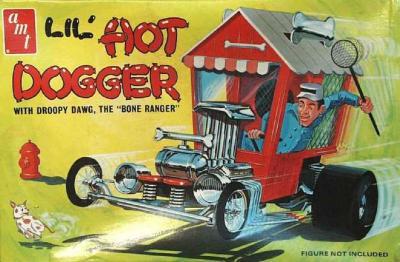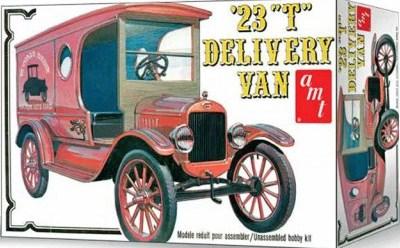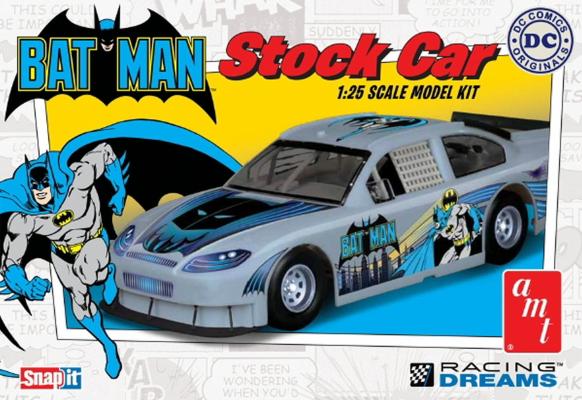The BMD is an air-droppable infantry combat vehicle built originally for the Soviet Airborne Forces. It was one of the first vehicles into Afghanistan in 1979 and like BMP soon proved to be inadequate to the task. Like the BMP, the BMD was upgraded as a result of the war experience, being fitted with a 30mm 2A42 automatic cannon and 7.62mm PKT machine gun and the AT-5 Spandrel anti-tank missile system. These upgraded vehicles were built and they served in Afghanistan and in Kosovo with SFOR. The vehicles still serve in the airborne forces of Russia and Ukraine. According the Cookie Sewell 2500 were built and the majority of the BMD-2 and the older BMD-1s were placed in storage in depots around Russia and the Ukraine. Fast forward to 2014 and crisis erupted in the Donets Basin (DONBAS) (https://en.wikipedia.org/wiki/Donbass)
Reviews
History Brief
The Kawasaki Ki-61 Hien ("flying swallow") is a Japanese World War II fighter aircraft used by the Imperial Japanese Army Air Force. Built to compete with the P-40 Warhawk, the Ki-61-I was the first Japanese fighter to feature a liquid-cooled inline V engine. It was also the only mass-produced Japanese fighter of the war to use a liquid-cooled inline V engine. The first encounter reports claimed Ki-61s were Messerschmitt Bf 109s: further reports claimed that the new aircraft was an Italian design, which led to the Allied reporting name of "Tony", assigned by the United States War Department. The Japanese Army designation was "Army Type 3 Fighter”. Over 3,000 Ki-61s were produced. Initial prototypes saw action over Yokohama during the Halsey-Doolittle Raid on 18 April 1942, and continued to fly combat missions throughout the war. Most of the type was tasked with defending the home islands against bomber flights.
My fascination with the A-4 Skyhawk dates back to 1979 when I attended my first air show at Lemoore Naval Air Station in the California’s central valley. As a freshman at Fresno State I was enamored with the Air National Guard F-106 Delta Darts, then flying out of the Fresno Air Terminal. I wanted to get a closer peek of the aircraft at the upcoming air show. After the long drive to and onto the base we were parked on, the northwest end of the base next to ramps was full of hundreds of A-4 Skyhawks and A-7 Corsairs. It was explained to us that these aircraft, although still front-line attack aircraft were waiting disposition, as they were in line to be replaced by the soon arriving F/A-18A. Most still had their colorful markings that were applied during the Vietnam War. I sure wish I had taken more photos as we walked down the ramps parallel to these historic aircraft.
This 1/48 scale decal set, available from Iliad Design, provides markings options for 3 different P-47N’s flown by the Puerto Rican Air National Guard, Hawaii Air National Guard, and Maryland Air National Guard. Markings are included for three natural finish Thunderbolts. The Iliad set includes 3 special markings and enough marking data to complete 3 aircraft.
The three options are:
Many modelers have a general knowledge of the Royal Navy’s air attack on the Italian base at Taranto and its outcome but are sketchy on the finer points. So, you have bought one of the new, marvelously detailed kits of the Fairey Swordfish “String bag” and all the aftermarket goodies for it, but the last particulars are not clear in your head. This full-of-specifics history will tell you not only the scope and swoop of the Mediterranean naval campaign of the early WWII years, but exactly who flew which aircraft, its unit and letter/number designator and the weapons load. Did you know that the planes flew off with only two crewmen each rather than the usual three? And why? This book will tell you. But, I get ahead of myself.
It has been a while since AMT has issued the Lil Hot Dogger. I thought the plastic was typical to their current releases being just the right consistency for trimming, sanding, and gluing. All the clear parts were crystal clear with little flash. The white styrene molds themselves had produced small areas of flash especially around some of the larger parts and many ejector pin marks in noticeable locations.
Parts count:
It has been some 35 years since this version on the Ford Model “T” Delivery Wagon has been issued from AMT. Surprisingly the molds have held up fairly well with little flash or exaggerated seams. Do to the engineering of the kit however, there is a great deal of punch holes to be dealt with. See photo reference #2.
The AMT plastic is typical to their current releases, not too soft, not too hard, just right for trimming, sanding and gluing. All the clear parts were crystal clear with little flash. I used Tamiya primer, paints and glue for the assembly of this kit and Bondo 907 as filler. All products reacted well to the AMT plastic.
Instructions follow a typical layout, engine, tires, chassis, rear suspension, front suspension. One issue with the suspension is the chassis uses metal axles in both the front and rear which can be clearly seen once the Model T is complete. This is not very realistic and again another engineering issue with the kit.
Brengun has been bringing out more and more stuff in 1/144 scale, kits, accessories and detail sets. This is darned good, because those of us who do “Braille scale” need more and more help. Many of the older kits are so lacking in detail that any addition would be SO welcome. And this is one of those detail sets.
So on to the adventure. The detail set is a single PE fret, approximately 3 ½ by 6 ½ inches. (9cm X 16.5cm). There is a single page instruction sheet which shows the Revell parts replaced by PE parts and the PE add-ons for some parts.
AMT recently released the NASCAR Car of Tomorrow Racing Dreams Snap/it generic race car with some special markings attempting to appeal to the wider base of children modelers. The kit is simplified in its parts count and if the directions are followed a fairly simple build. Clippers, a file or sanding stick, hobby knife and screw driver are all that are needed to complete this kit. Painting is not necessary to complete the build.
Available options are limited to the choice of rear wing or spoiler. There are only one set of stickers with a few placement options. If you choose certain parts such as the containment seat, rims, dash board, chassis and drive train could use some detail painting. Unfortunately for the junior modeler there are no color options called out for, they will have to wing it. There is no under-hood detail or engine, a primary focal point for most race car models.
Parts Count:
The delta wing design configuration is synonymous with Convair. No other aircraft company had as many delta designs as they did. Convair designed America’s first jet with delta wings, first and only seaplane supersonic jet fighter as well as the phenomenal B-58 Hustler! This is a new paperback version of a book previously released in hardback.
The book is broken down into 20 chapters. The first two explain what delta wings are and the history of Convair and its predecessors. Chapter three covers the XF-92 which was the first US jet aircraft of Delta configuration. It covers the history of this aircraft and is accompanied with many photos several in color. The next five chapters are devoted to the F-102 Delta Dagger and cover it from inception through combat in Vietnam and on into use by the various Air National Guards.

